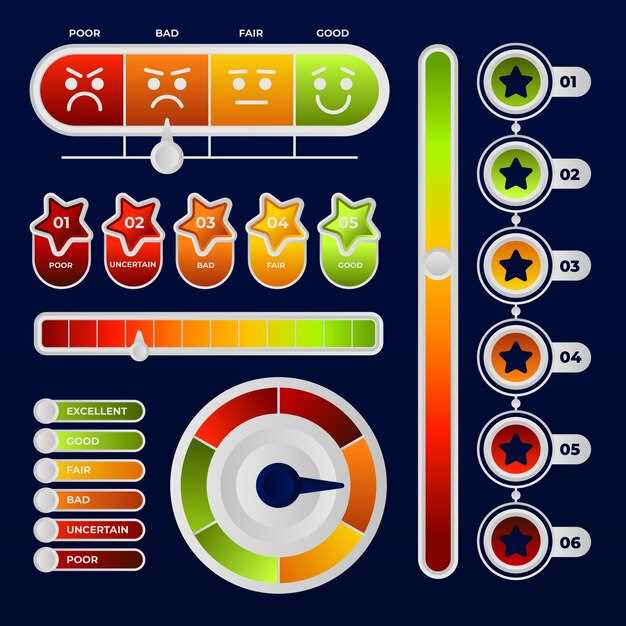
Dashboard warning lights serve as crucial indicators of a vehicle’s health and performance. These symbols, often illuminated in bright colors, provide drivers with immediate insight into potential issues that may require attention. Understanding what each light signifies is essential for maintaining safety and ensuring the longevity of your vehicle.
Each warning light has a specific meaning, ranging from minor advisories to urgent alerts. For instance, a yellow light might signal a need for maintenance, while a red light often indicates a critical problem that must be addressed immediately. Recognizing the difference can help prevent further damage and expensive repairs.
In this guide, we will explore the most common dashboard warning lights, explain their meanings, and offer advice on how to respond when they appear. By familiarizing yourself with these indicators, you can enhance your driving experience and ensure your vehicle remains in optimal condition.
Identifying Common Warning Lights and Their Meanings

Understanding the warning lights on your vehicle’s dashboard is crucial for maintaining safety and ensuring proper vehicle operation. Each light serves as an indicator of a specific issue that may require immediate attention.
One of the most recognized symbols is the check engine light, typically represented by an engine icon. This light can illuminate for various reasons, ranging from a loose gas cap to more severe engine problems. It is advisable to have the vehicle diagnosed as soon as this light activates.
The battery warning light, depicted as a battery icon, signifies a potential issue with your vehicle’s electrical system. This could indicate a failing battery or alternator, which is essential to check to avoid being stranded due to power loss.
The oil pressure warning light appears as an oil can and indicates that the engine oil pressure is low. Insufficient oil pressure can lead to serious engine damage; therefore, it’s imperative to stop the vehicle and check oil levels immediately.
The temperature warning light, shown as a thermometer in liquid, indicates that the engine is overheating. This could stem from a cooling system failure or low coolant levels. If this light illuminates, it’s best to pull over and allow the engine to cool down.
Brake warning lights can appear as a circle with an exclamation mark or the word “BRAKE.” This light may indicate that the parking brake is engaged, but it can also signify issues with the braking system itself, such as low brake fluid or worn brake pads.
ABS (Anti-lock Braking System) light, depicted by “ABS,” alerts drivers to a malfunction in the ABS system, which may affect braking performance. While brakes may still function, it’s crucial to have this system investigated to ensure safety.
Lastly, the tire pressure warning light, symbolized as an exclamation mark within a horseshoe shape, indicates low tire pressure or a flat tire. Proper tire inflation is vital for safety and fuel efficiency, making prompt attention necessary.
Regularly interpreting these warning lights can significantly contribute to vehicle safety and longevity. If any light turns on, it’s advisable to consult the vehicle’s manual and seek professional assistance when necessary.
Steps to Take When a Warning Light Illuminates

When a warning light appears on your vehicle’s dashboard, it indicates that there may be an issue that requires your attention. Here are the steps you should take:
1. Stay Calm and Assess the Situation: As soon as a warning light comes on, remain calm. Take note of the light’s color and symbol, as this will help you understand the urgency of the situation. Red lights often denote critical issues, while yellow or orange lights indicate less urgent matters.
2. Refer to the Owner’s Manual: Consult your vehicle’s owner’s manual for guidance on what the specific warning light means. The manual will provide information on the severity of the issue and recommend appropriate actions.
3. Check for Immediate Issues: If it’s safe to do so, pull over to a secure location. Look for any obvious signs of problems, such as smoke, strange noises, or fluid leaks that may indicate specific issues needing immediate attention.
4. Avoid Ignoring the Light: Do not disregard the warning light, as this can lead to more severe problems and costly repairs. Timely action is critical, especially when dealing with red lights that signify potential engine failure, oil pressure loss, or overheating.
5. Perform Basic Checks: If you are comfortable, check the vehicle’s fluids (oil, coolant, and brake fluid) and tire pressure. Low levels in any of these can trigger warning lights and may be easily rectified.
6. Consider the Type of Light: Determine if the warning light indicates a temporary issue or a more serious problem. Some lights may reset after a short distance, while others require professional diagnosis and repair.
7. Seek Professional Help: If the light remains illuminated or if you are unsure of the issue, it’s advisable to contact a mechanic or roadside assistance. They can perform a thorough inspection and necessary adjustments to ensure your vehicle operates safely.
8. Document the Issues: Keep a record of when the warning light appeared and any other related symptoms. This information can be helpful for technicians during diagnosis.
By following these steps upon noticing a warning light, you can better manage your vehicle’s health and maintain safety on the road.
Preventive Measures to Minimize Warning Light Occurrences
Regular maintenance is crucial for minimizing the chances of dashboard warning lights illuminating. Scheduling routine inspections can help address potential issues before they become serious problems. This includes checking fluid levels, such as oil, coolant, and brake fluid, which are essential for vehicle operation.
Proper tire maintenance is also vital. Ensure that tires are inflated to the manufacturer’s recommended pressure and rotated as per the vehicle’s maintenance schedule. This can prevent uneven wear and enhance safety, thereby reducing the risk of tire-related warning lights.
Battery health should not be overlooked. Regularly check the battery’s charge and the condition of the terminals. Corrosion or loose connections can lead to electrical issues, triggering warning lights. If a battery is more than three years old, consider having it tested for performance.
Monitoring the vehicle’s performance is another effective strategy. Pay attention to unusual sounds, vibrations, or changes in handling. If anything seems off, seek professional advice promptly. Early intervention can help prevent warning lights from appearing due to escalating issues.
Keeping your vehicle’s software up to date is equally important. Many modern vehicles rely on computer systems to monitor performance. Regularly updating these systems can enhance functionality and ensure accurate readings, reducing the likelihood of false warnings.
Finally, always refer to the owner’s manual for specific guidelines related to your vehicle. Understanding the manufacturer’s recommendations can aid in preventing issues that may lead to warning lights. Implementing these preventive measures can significantly decrease the risk of encountering dashboard alerts.





